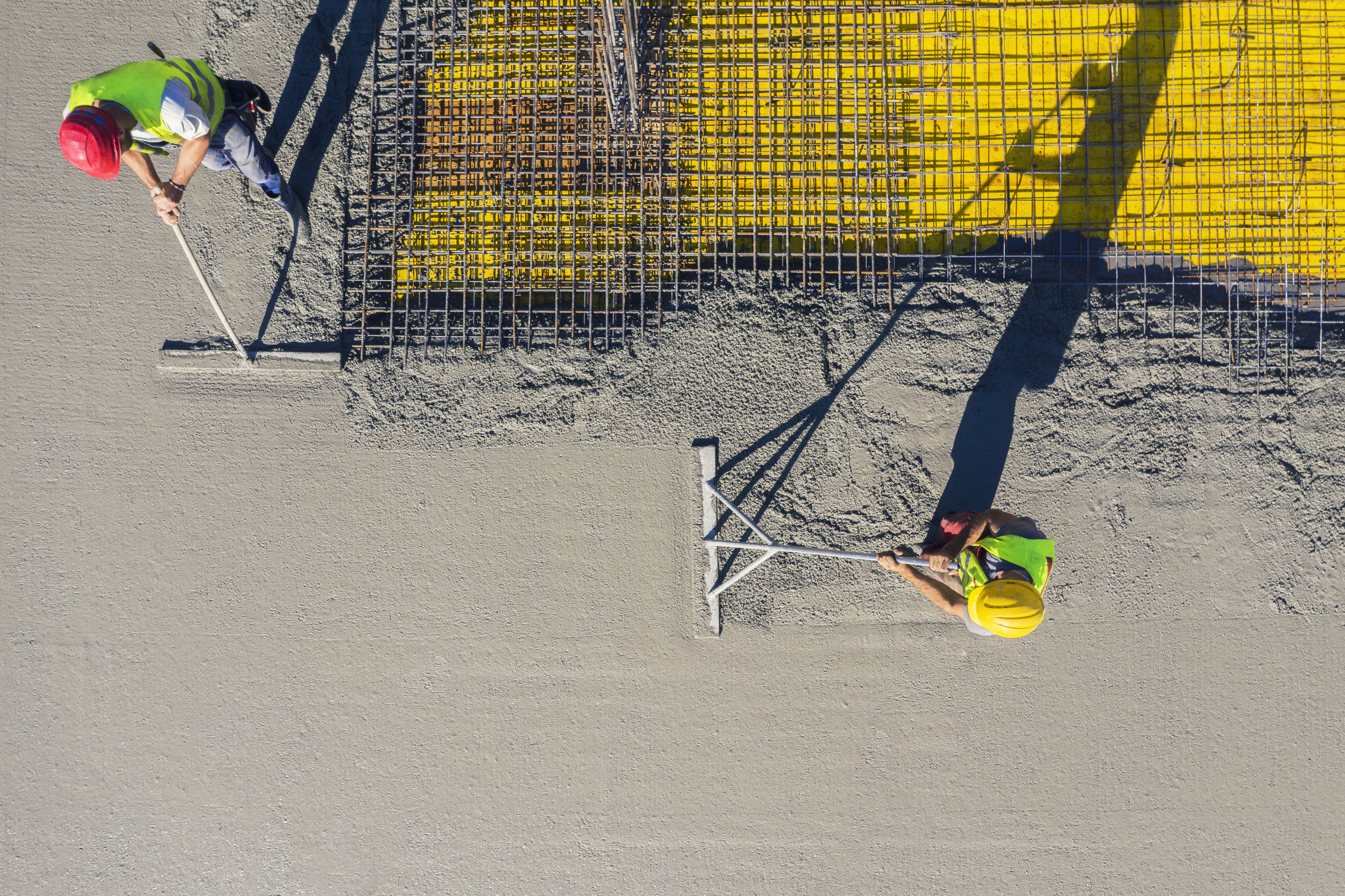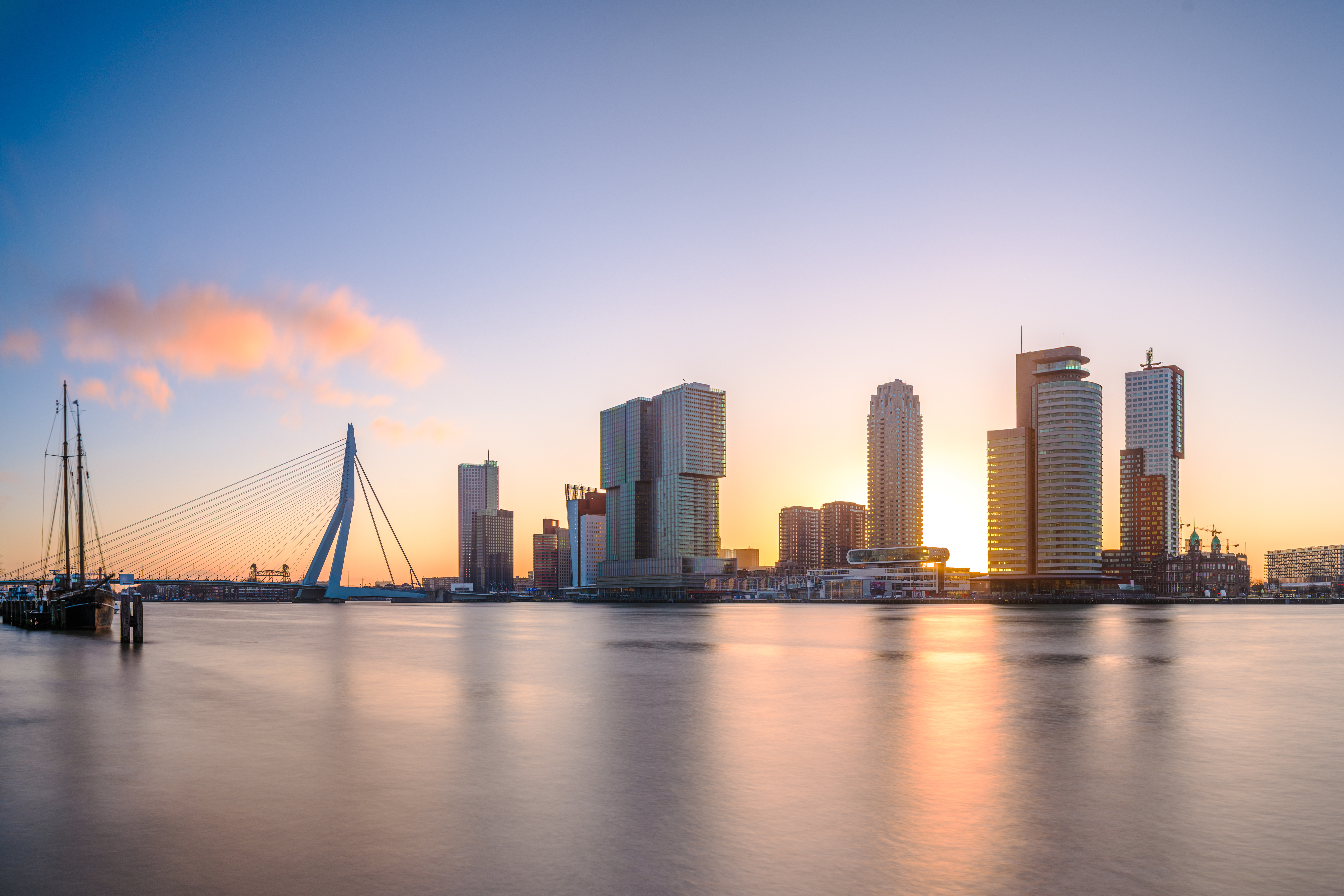Industry digest
Industry Digest march 2022
What appeared on our news radar over the past month? We selected stories on NFTs making their way to the world of architecture, a state-of-the-art theatre in Rotterdam that promises perfect sound in every corner of the room, and the first low-carbon concrete in the UK. Enjoy!
NFTs knocking on the architect’s door
2021 was the year that non-fungible tokens (NFTs) outgrew the art world and popped up pretty much everywhere. These unique digital files supported by blockchain technology were suddenly being sold by all kinds of organisations and enterprises – sports clubs, media companies and musical artists, to name a few. It’s no surprise that the architectural world is now also embracing these digital one-of-a-kind objects.
As architects enter a new era of digital creativity, ArchDaily bundled seven stories of NFTs in the world of design and architecture, ranging from digital real-estate to virtual architecture exhibitions. Read the full story here.

First ultra-low carbon concrete introduced in the UK
A partnership between VINCI Construction and the Irish cement producer Ecocem resulted in the first major pour in the UK of a newly-developed ultra-low carbon concrete. The scoop was for EcoPark South, a sustainable waste management hub and energy recovery facility that is being built in London. Compared to conventional concrete, this new mix will reduce the ecological footprint of the project by up to 70%.
Developer VINCI Construction has extensively tested the new and sustainable product, which is made from steel slag waste, in several projects in France. Now, VINCI is introducing it in the UK. Read more here.

Perfect sound in every seat: welcome to Rotterdam’s new Theater Zuidplein
Step inside Rotterdam’s newest cultural venue: Theater Zuidplein. The captivating building, which houses two auditoriums, a restaurant and a library, was designed by Dutch architecture firm De Zwarte Hond. Design company Studio RAP was in charge of the interior of the main auditorium, which is a piece of art in itself. In collaboration with engineering firm Arup, the agency used digital modelling to design the remarkable angular wall surfaces. Thanks to the multi-faceted red interior walls, the sound flows evenly across the entire 600-seat theatre. No less than 6,000 triangular panels were used, all made from aluminium-composite.
“The project was designed using algorithms, which resulted in a rippling ocean of thousands of triangles”, said Wessel van Beerendonk of Studio RAP. “The result is an even distribution of sound across the auditorium, so that every member of the audience can fully enjoy the show or concert they came to see.” Take a closer look and read the full story here.
